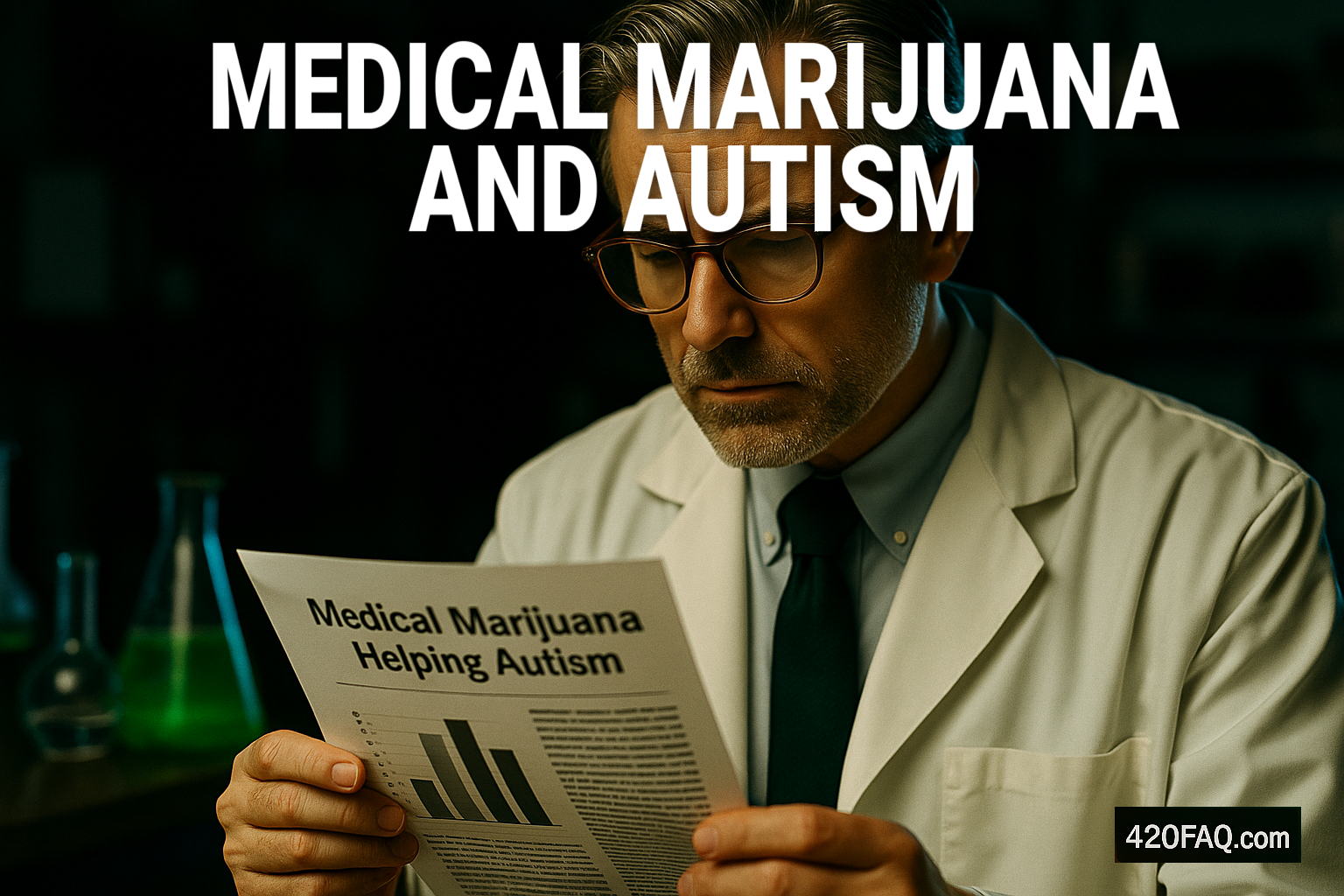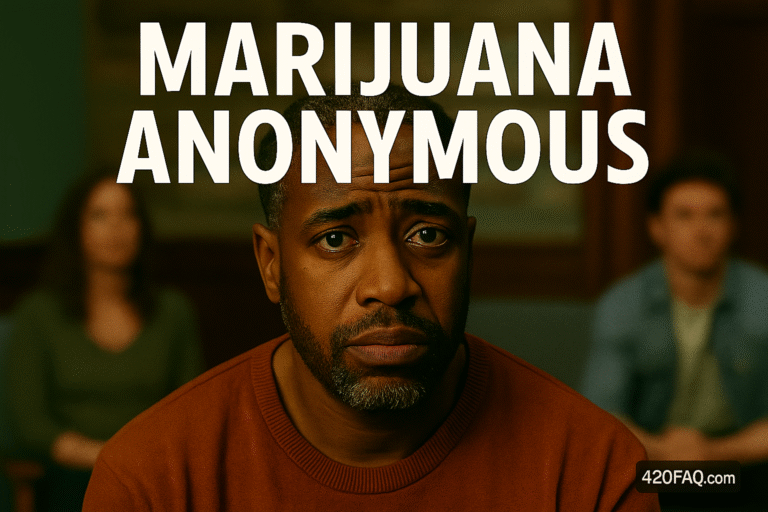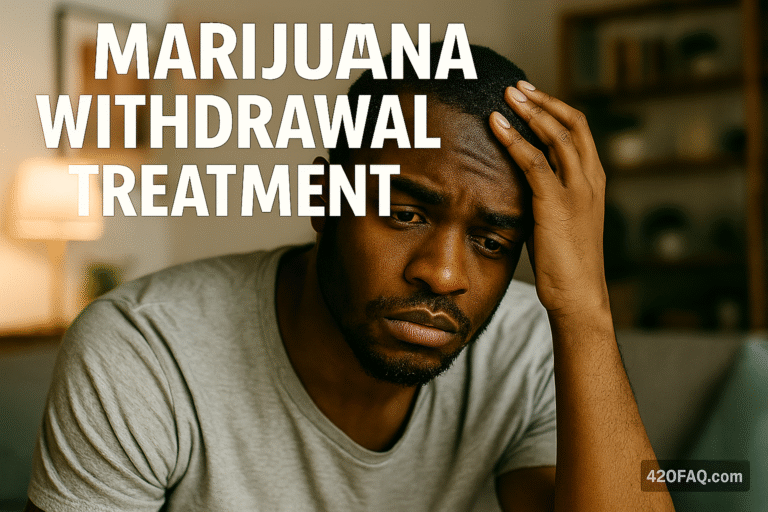
Marijuana and Autism: What the Evidence Actually Says
Interest in marijuana (cannabis) as a potential aid for autism spectrum disorder (ASD) has grown fast—driven by parent reports, early clinical studies, and the biology of the endocannabinoid system (ECS). Some data point to improvements in irritability, anxiety, and sleep for subsets of autistic individuals, while other findings emphasize unknowns and possible adverse effects. This article synthesizes current knowledge, explains how cannabinoids interact with the brain, and summarizes where evidence is promising, mixed, or missing.
Understanding Autism Spectrum Disorder
Autism spectrum disorder is a neurodevelopmental condition marked by differences in social communication, restricted or repetitive behaviors, sensory processing differences, and a wide range of support needs. Co-occurring conditions (e.g., ADHD, anxiety, sleep disturbance, gastrointestinal issues, epilepsy) are common. There is no single “autism,” and responses to any intervention—behavioral, educational, pharmacologic, or cannabinoid-based—vary widely.
Why Cannabis Is Being Considered
Cannabis contains dozens of cannabinoids (notably THC and CBD) that interact with the body’s endocannabinoid system (ECS)—a signaling network that helps regulate mood, stress response, sleep, pain, appetite, and synaptic plasticity. Because dysregulation of arousal, anxiety, and sensory reactivity can be challenging for many autistic people, researchers have explored whether modulating the ECS might alleviate certain symptoms. Parent-reported improvements and small trials have accelerated interest, alongside calls for larger, blinded, controlled studies.
What the Research Shows So Far
Evidence to date is limited but growing. Small observational cohorts, open-label trials, and a few controlled studies report potential benefits in domains like irritability, aggression, sleep, anxiety, and self-injury for some participants—often with CBD-dominant preparations. However, effect sizes vary, methods differ, and adverse events (e.g., somnolence, appetite change, gastrointestinal effects) are reported. Major gaps remain around optimal dose, cannabinoid ratios, age windows, long-term safety, and which subgroups are most likely to benefit.
For accessible overviews and study compendia, see:
Can cannabis help autism?
and the PubMed review
Cannabis and cannabinoid use in autism spectrum disorder.
Potential Areas of Benefit (Reported)
Findings are heterogeneous, but the most frequently reported potential improvements include:
- Irritability and aggression: Some caregivers and clinicians report fewer severe outbursts and reduced self-injury with CBD-forward oils.
- Anxiety and arousal: Lower baseline anxiety and improved tolerance for transitions in some individuals.
- Sleep: Easier sleep initiation and fewer overnight awakenings, especially with CBD-dominant formulas.
- Behavioral rigidity and repetitive behaviors: Mixed reports; some note decreased rigidity, others no change.
- Communication/engagement: Anecdotal increases in spontaneous communication have been described in subsets, but controlled confirmation is limited.
Importantly, “possible benefit” does not mean universal benefit. Responses range from clearly positive to neutral to negative, even at the same nominal dose, reflecting individual biology and context.
Risks, Side Effects, and Unknowns
Cannabinoids can cause side effects, and long-term neurodevelopmental impacts—particularly with THC—are not fully characterized in children and adolescents. Reported issues include:
- Somnolence, fatigue, dizziness
- Appetite or weight change
- Gastrointestinal effects (nausea, diarrhea, abdominal discomfort)
- Paradoxical anxiety or agitation, especially with THC-containing products
- Cognitive effects (slowed processing, attention problems) with THC
- Drug–drug interactions (CBD can affect hepatic enzymes, potentially altering levels of antiepileptics and other medications)
Product variability is another concern: labeling accuracy, cannabinoid ratios, terpene profiles, and contaminants (pesticides, solvents, heavy metals) vary by manufacturer and jurisdiction. Medical-grade, tested products and clinician oversight mitigate—but don’t eliminate—these risks.
The Endocannabinoid System in Autism (Working Theories)
Several studies suggest atypical ECS signaling in some autistic individuals (e.g., differences in endocannabinoid levels like anandamide or receptor expression). This has driven hypotheses that targeted modulation—often with CBD-dominant regimens—might rebalance excitatory/inhibitory signaling, reduce hyperarousal, and dampen stress-linked behaviors. These mechanisms remain theoretical in humans; they help explain why cannabis might help certain symptoms but do not yet define who will benefit or at what dose.
Common Product Types and Ratios Discussed
Clinical and anecdotal use in autism typically centers on CBD-dominant formulas (e.g., 20:1 or 10:1 CBD:THC). Some individuals trial balanced oils (e.g., 1:1 CBD:THC) or minor-cannabinoid enriched products (CBG, CBN), though data are thinner. Inhaled products act quickly but are harder to dose consistently; oral oils/tinctures allow steadier titration. Terpenes (e.g., linalool, myrcene) may influence sedation or calming, but robust, controlled evidence in ASD is scarce.
Dosing and Titration Concepts (General)
Because response is idiosyncratic, many clinical protocols adopt a “start low, go slow” titration—beginning with a low CBD dose, increasing gradually while monitoring targets (e.g., irritability scale, sleep onset, frequency of meltdowns) and adverse effects. If CBD alone plateaus, some clinicians consider micro-amounts of THC within legal limits, especially for severe irritability—but only when benefits clearly outweigh risks and with careful monitoring for paradoxical agitation or cognitive effects. Precise dosing remains individualized due to limited standardized guidance.
Legal and Access Considerations
Laws differ widely by country and U.S. state. Some medical programs explicitly include autism-related indications; others do not. Insurance coverage is uncommon, creating cost barriers. Product availability, potency limits, and required certifications vary. Families should verify local regulations and ensure products come with third-party lab testing (certificate of analysis).
How to Evaluate Claims and Products
- Look for evidence summaries: Reviews like
Cannabis and cannabinoid use in autism spectrum disorder
contextualize mixed findings. - Cross-check advocacy resources:
Can cannabis help autism?
tracks research and policy updates. - Demand lab reports: Verify cannabinoid content, terpene profile, and contaminant testing.
- Track outcomes: Use simple logs (sleep onset, number/duration of meltdowns, ABC-Irritability scores if available) to quantify changes.
- Coordinate care: Discuss with clinicians—especially when other medications (e.g., antiepileptics) are involved.
Frequently Asked Questions About Marijuana and Autism
Does cannabis “treat” or “cure” autism?
No. Autism is a lifelong neurodevelopmental difference. Current exploration focuses on symptom relief (e.g., irritability, anxiety, sleep) for some individuals—not cure.
Is CBD safer than THC for autistic children?
CBD is non-intoxicating and generally better tolerated in studies; THC is psychoactive and more likely to cause anxiety, cognitive slowing, or behavioral activation. Some protocols still include very low THC after CBD trials plateau, but this is individualized and closely monitored.
What side effects are most common?
Somnolence/fatigue, appetite changes, GI upset, and—less commonly—paradoxical agitation or anxiety. With THC, cognitive and motivational effects are more likely. CBD can interact with other drugs via liver enzymes, altering their levels.
How long before any effect is noticeable?
With oral oils, some families report changes within days to weeks, but careful titration and outcome tracking over 4–8 weeks is typical. Stable routines and consistent dosing matter more than rapid changes.
Which ratio should be tried first?
Many clinicians start with CBD-dominant oils (e.g., 10–20:1 CBD:THC) due to tolerability, then adjust based on response and side effects. There is no universally “best” ratio; personalization is key.
Are results consistent across individuals?
No. Responses are highly variable. Some see meaningful improvements, some see no change, and some experience side effects that outweigh benefits.
What about long-term safety?
Long-term pediatric safety data—especially for THC—are limited. This uncertainty is one reason controlled trials, careful monitoring, and the principle of minimal effective dosing are emphasized.
Can cannabis replace behavioral or educational supports?
No. Even when helpful, cannabinoids are typically adjuncts to established supports (education plans, behavioral therapy, communication tools), not replacements.
Is it legal to use cannabis for autism where I live?
Policies vary by jurisdiction regarding medical indications, product types, potency limits, and certification. Check local regulations and program requirements before pursuing treatment.
Bottom Line
Cannabis for autism shows promise for certain symptoms in some individuals—especially with CBD-dominant preparations—but results are inconsistent and key questions about dosing, long-term safety, and subgroup predictors remain. If considering a trial, prioritize medical oversight, product quality, measured titration, and objective outcome tracking. For balanced research summaries and ongoing updates, start with:
Can cannabis help autism?
and the PubMed review
Cannabis and cannabinoid use in autism spectrum disorder.





